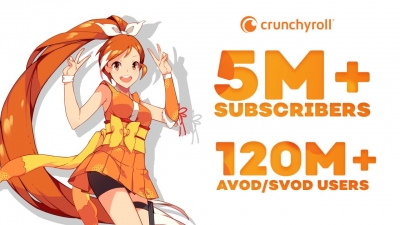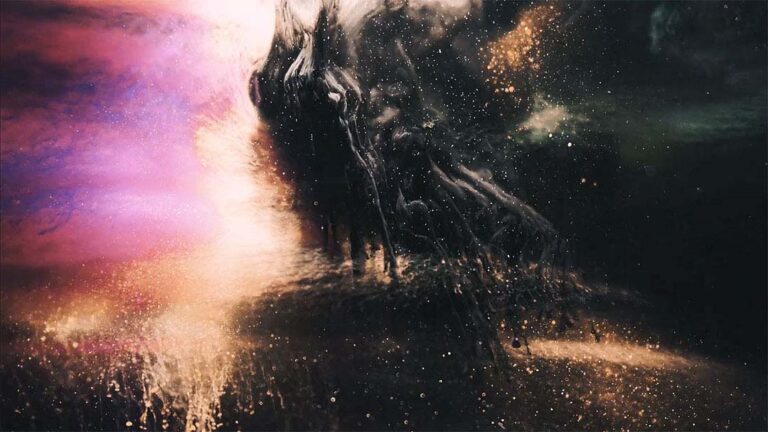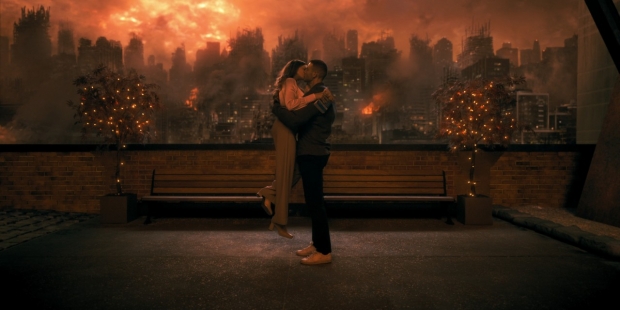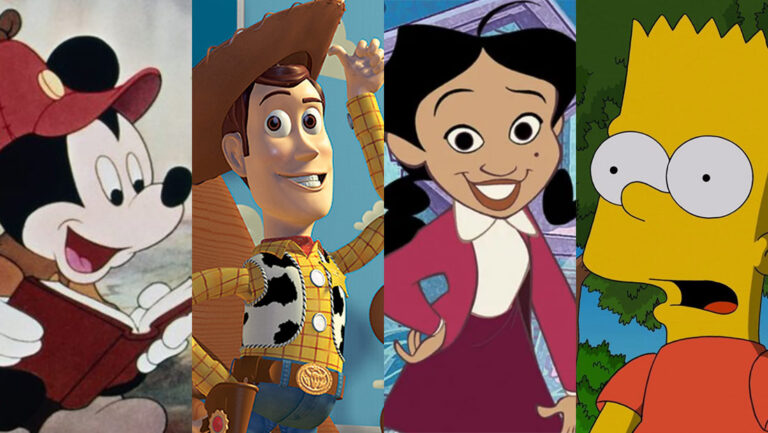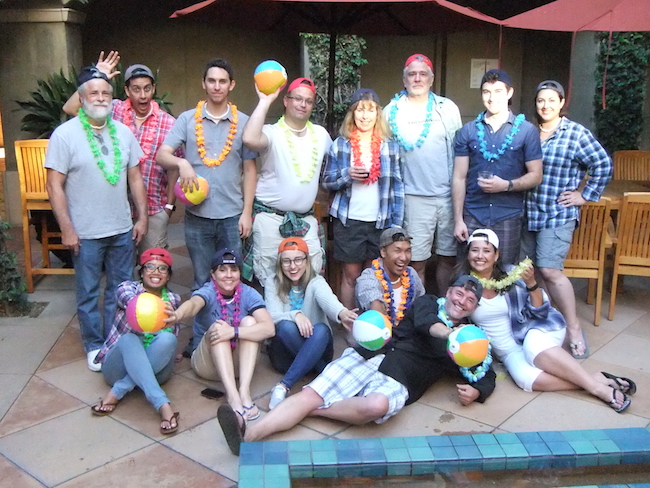
Keep these things in mind when making your career choices, but remember, as long as you do your best and work to improve your skills, you can be a successful animator at any studio.
Me with Willy, Merek, and Antony, DreamWorks supervisors!
The greatest thing about working for a small studio is you really feel like you’re contributing.
DreamWorks Animator Tim Ingersoll shares his experience working at both big and small studios.
Also at the small studios, you get to work with really amazing people on a more private, one-on-one level. I mean Dale Baer and James Baxter are two of the best animators in the world—not to mention the most humble and nicest guys you will ever meet—and I got to work side-by-side with them. Because it was such a small studio, I had daily access to them and those golden moments are so fulfilling as an artist, to learn from the very best.
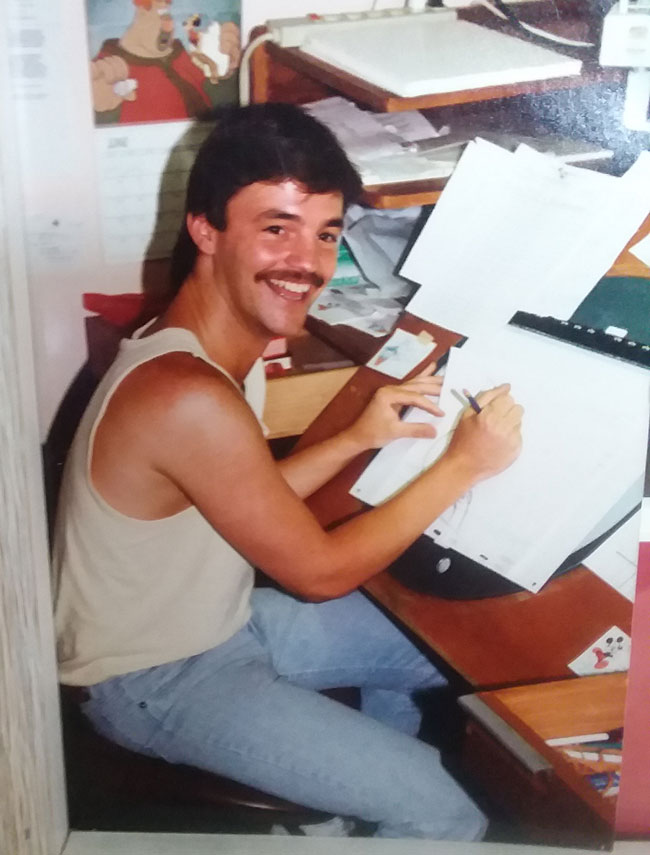
Let me say this before we go any further: I’m a strong believer in unions. Most large studios are union studios and some small ones are, too. Both Dale Baer and James Baxter Animation were UNION! When you are a young buck, you rarely think about retirement. I never really did, but boy I am glad I was under that union umbrella. Now I can retire a whole lot happier, healthier, and richer.
But either way, if you can, go UNION!
Just use common sense. Don’t be overly negative or condemn people or the studio.
Me at 21 years old at Filmation Studio. Nice Mustache!
The only trouble with smaller studios is that their budgets are leaner, and if there’s a problem in production, they sometimes can’t afford to keep you…. and you might be looking for work sooner than expected. Smaller studios can be known to go out of business, because its very costly to run a studio (BIG or SMALL!).
Big Studios: The Pros and Cons
At small animation studios you…
Another great perk of working for the big studios are their wrap parties. They really spend a ton of money, promoting and basically making the artists feel like they contributed. It’s a very proud moment in the life of any animator.
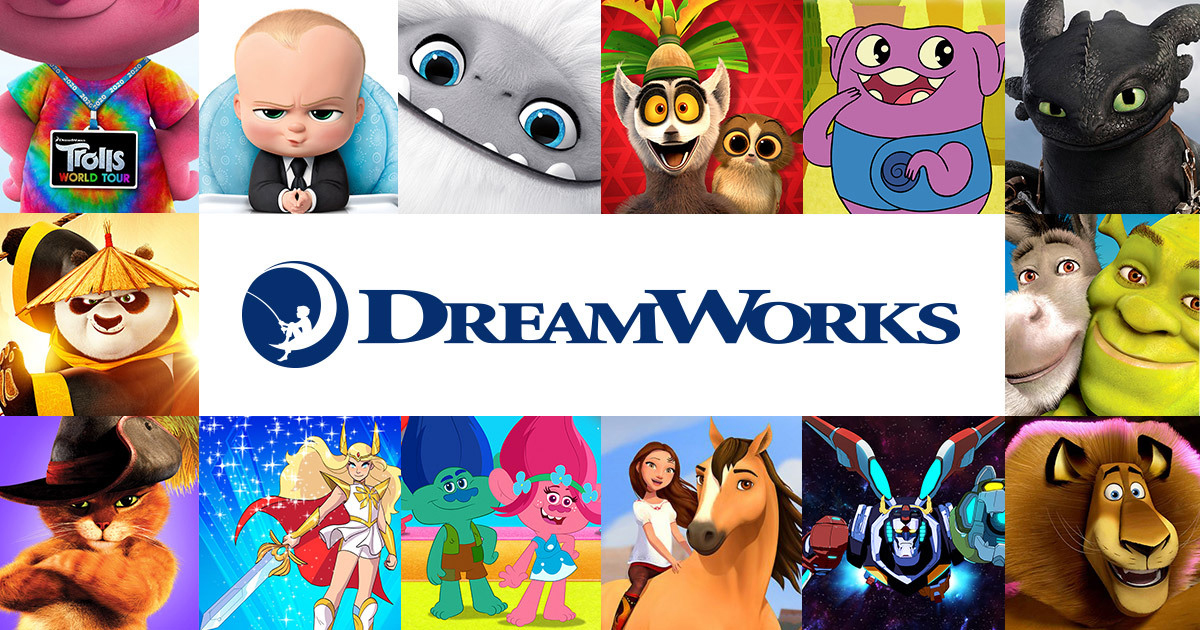
I like………………………………
Let me say this before we go any further: I’m a strong believer in unions.
Some of the others perks are free food—mainly at DreamWorks. We’re talking gourmet food. Breakfast and lunch! Omelets, bacon, barbecue grill, salad bars, yogurt machines!
At the big studios, you also have opportunities to pitch your movie ideas.
[embedded content]
Keep animating, working hard, and reaching for the stars. You will get there. I promise!
First off, they both have advantages and disadvantages. For dramatic purposes, I will wait until the end to give you my preference. Some of the big studios I worked at were Filmation, Walt Disney Animation, Turner Feature Animation, and DreamWorks Animation. The small studios I worked at were Bluth Animation, Dale Baer Animation, and James Baxter Animation. I’ve also worked at many freelance studios, such as Film Roman and too many others to mention.
Now for big studio politics versus small studio politics. In a big studio you sometimes feel like a spoke in the wheel and extremely easy to replace. They may encourage you to speak up, but be aware that everyone is watching. There are so many talented animators that want your job, and the big studios know it. Just use common sense. Don’t be overly negative or condemn people or the studio.
Dale Baer animation for The Emperor’s New Groove
So now to the part where I tell you my preference (drum roll…please).
The DreamWorks Animation Pipeline
Small Studios: The Pros and Cons
If you are a young animator wondering what kind of studio you should choose, keep these things in mind:
Currently, Tim works at one of the largest and best-known animation studios in the world—DreamWorks Animation.
I guess the greatest thing about working for a small studio is you really feel like you’re contributing. I’ve been on a staff of fewer than 10 people.The rewards of a small team are maximum. There’s a true feeling of community and making a difference on a much larger scale than with a large studio.
A small studio, however, might accept your input more readily and your opinion can actually make a huge difference. And quite frankly it costs a lot more money and time for a small studio to replace you then it does a big studio.
You have opportunities to do many things and wear different hats. Like at Baer Animation, Dale Baer was so kind as to let us all try different departments. So one month I might be animating special effects, the next month storyboarding, the next month character animating and so on. You are never bored, and you really feel like you can do anything.
Okay, that’s enough about big fish studios, let’s move on to the small fish studios.
And all of the extra learning opportunities to grow as an artist. For instance, at lunch time we would have life drawing, improv classes, painting, sculpting, screenwriting, and much more. This is really something to add to your toolkit as an artist and also to stimulate you to do better at your job.
Big vs Small Studios, Tim’s Verdict
Thanks so much to Tim for sharing his experience!
Luckily, veteran animator Tim Ingersoll is here to share his experiences working at both small and large animation studios, from the internal politics to the way they celebrate finished projects.Through the years, Tim has worked on smaller films like Rover Dangerfield, and huge blockbusters like Kung Fu Panda and How to Train Your Dragon.
At the big studios, you also have opportunities to pitch your movie ideas. I’ve had friends that have had their story ideas made into movies. I myself actually got an amazing opportunity to create my own film while at DreamWorks. Basically, it’s a pipeline video on how we make our films. It’s been shown to all the interns, new hires, and visitors to DreamWorks. Here it is:
Anyway…
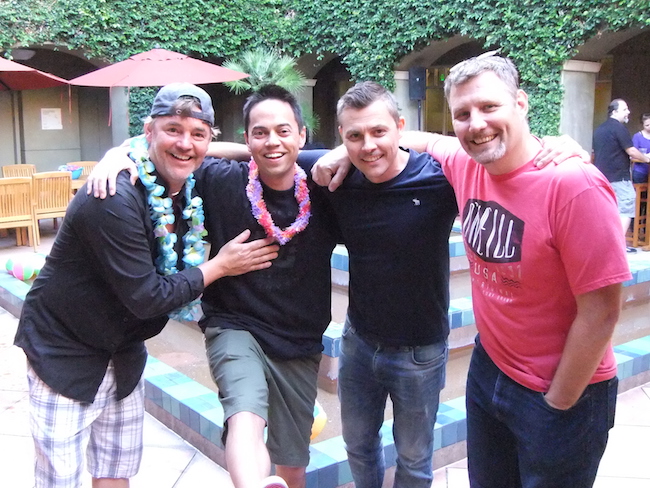
[embedded content]
At big studios you have the advantage of working on Blockbuster films. Some that I’ve worked on are The Little Mermaid, The Road to El Dorado, Spirit, Prince of Egypt, Over the Hedge, Shark Tale, How to Train Your Dragon, and many more. So it’s nice to see your name in lights, in the titles, when the credits roll, at the end of the film. You can never get that feeling from anything else!
Either way, be cautious at both.
Big vs Small Studios, Final Takeaways
At big animation studios you…
I got to live my dream and then some. I may be the luckiest man on earth. Every day I do what I love, so I never work a day in my life.
As a young animator looking for career advice, you must have lots of questions. Some of the most common questions we hear at Animation Mentor are: Should I aim to work in a big studio or a small studio? Which one is better for learning? Which one pays more? Which one is better suited for me?
- Will work as a part of a larger team with more budget
- Will enjoy the benefits that come with working for a large company (stability, perks)
- May feel like you don’t have the seniority to make significant contributions to a project
BOTH!!! For all of the reasons that I stated above. Each of you reading this should experience the big guys AND the little guys. Life is short, but oh so sweet. Squeeze the juice and enjoy both flavors…big and small. You won’t regret it.
- Will likely work on smaller projects with limited budgets
- Will have the opportunity to work closely with everyone in the company
- May feel that the more intimate size of the studio means your voice and ideas are heard
My name is Timothy J Ingersoll. I have worked at many studios large and small. I will try to break this down as simply as possible.
Want to learn from professional animators like Tim?
Start your animation journey by learning with professional animators from a variety of studios and career paths! Get more information about Animation Mentor’s Character Animation Courses.

